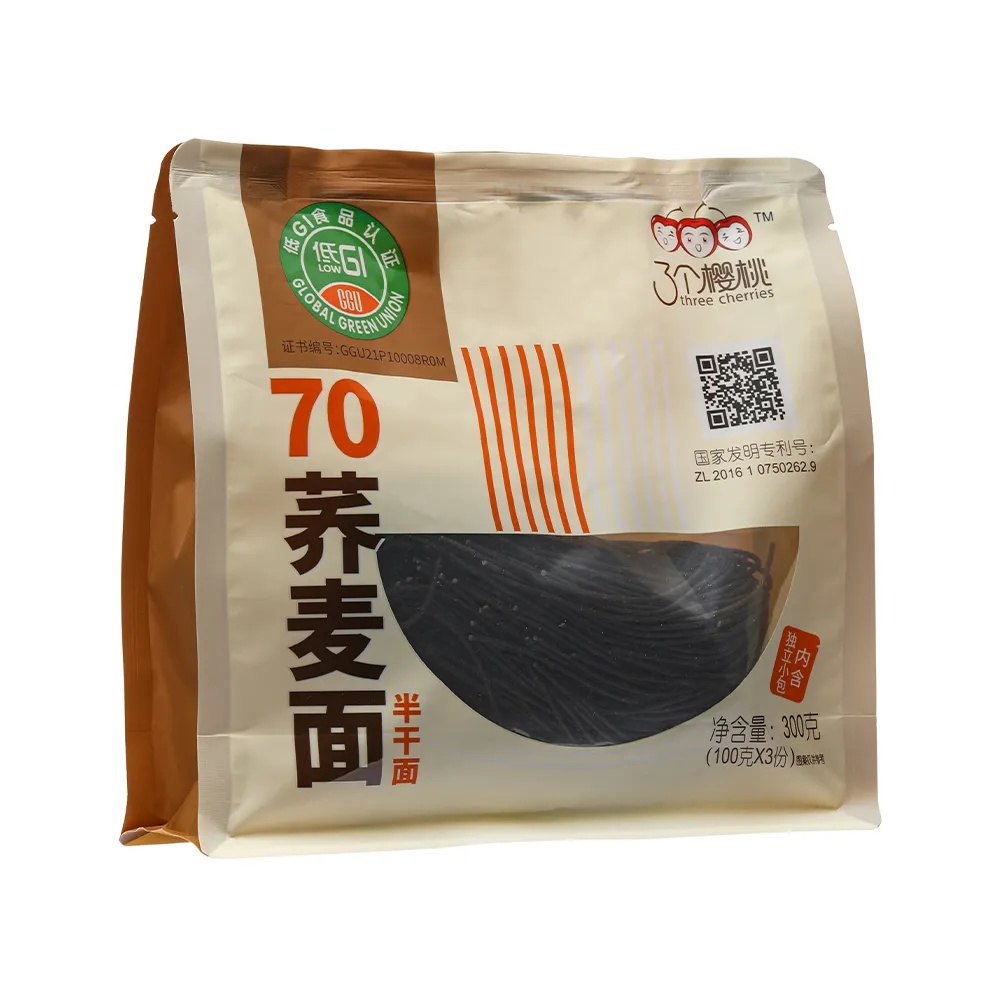what's the difference between egg noodles and pasta
The Difference Between Egg Noodles and Pasta
Egg noodles and pasta are two popular types of noodles that are often used in a variety of dishes worldwide. While they may appear similar at first glance—and can even be used interchangeably in some recipes—they possess distinct characteristics that set them apart in terms of ingredients, texture, flavor, and culinary uses.
Ingredients
The primary difference between egg noodles and pasta lies in their ingredients. Egg noodles, as the name suggests, are made from a mixture of eggs and flour, usually wheat flour. The inclusion of eggs gives egg noodles a rich, golden color and a slightly different flavor profile compared to traditional pasta. In contrast, most pasta varieties are made from durum wheat semolina and water, which results in a firmer texture and a higher protein content.
There are also variations of pasta that incorporate eggs, such as fresh pasta, but the standard dried pasta found in grocery stores typically does not contain eggs. This distinction is important for those with dietary restrictions, as egg noodles are unsuitable for vegans or those allergic to eggs.
Texture and Flavor
The texture of the noodles is one of the most noticeable differences between egg noodles and pasta. Egg noodles are usually softer and more tender due to the moisture from the eggs. They tend to absorb sauce well, making them a popular choice for dishes with creamy or rich sauces. On the other hand, traditional pasta has a firmer, chewier texture, which provides a satisfying bite and holds up well in dishes with robust, thicker sauces.
what's the difference between egg noodles and pasta

Flavor is another aspect where egg noodles and pasta diverge. While pasta has a neutral taste that can easily adapt to various seasonings and sauces, egg noodles have a slightly richer flavor owing to the eggs. This characteristic makes egg noodles particularly suitable for hearty dishes, such as stroganoff or chicken noodle soup, where their flavor complements the ingredients more effectively.
Culinary Uses
Egg noodles and pasta are utilized differently in culinary practices, influenced by their respective textures and flavors. Egg noodles are commonly found in Eastern European and Asian cuisine. Dishes such as chicken noodle soup, lo mein, and various stir-fries often feature egg noodles because of their ability to absorb flavors and their tender bite.
In contrast, pasta is more widely recognized in Italian cuisine, but it has also been embraced by many global cuisines. From spaghetti and meatballs to pesto pasta dishes, the versatility of pasta is immense. It can be served in salads, baked in casseroles, or simply tossed with olive oil and vegetables.
Additionally, pasta shapes—ranging from penne to fusilli—have been specifically designed to hold sauces in different ways. The choice of pasta can elevate a dish, as certain shapes are better suited for thicker sauces while others work well with lighter ones.
Conclusion
In summary, while egg noodles and pasta may seem similar at a glance, they are distinguished by their ingredients, texture, flavor, and culinary applications. Egg noodles offer a softer and richer alternative suited for specific dishes, particularly in Asian and Eastern European cuisines, while pasta serves as the foundational element of a wide range of Italian and other global dishes. Understanding these differences can help home cooks make informed choices in their recipes, using the right type of noodle to achieve the desired effect. Whether you prefer the softness of egg noodles or the chewy bite of pasta, both can enhance a meal and contribute to a delightful dining experience.
-
Unleash Your Inner Chef with Delectable Italian Pasta CreationsNewsAug.01,2025
-
Savor Health and Flavor: Irresistible Soba Noodles for Sale Await!NewsAug.01,2025
-
Nourish Your Body with Premium Organic Ramen - A Culinary Delight AwaitsNewsAug.01,2025
-
Elevate Your Dishes with Our Exquisite Kinds of Egg NoodlesNewsAug.01,2025
-
Dive into Flavorful Convenience with Our Ramen OfferingsNewsAug.01,2025
-
Discover Exquisite Types of Naengmyeon and Chilled Soba NoodlesNewsAug.01,2025
-
Is Whole Wheat Pasta Healthy?NewsMay.30,2025
Browse qua the following product new the we

















































































































